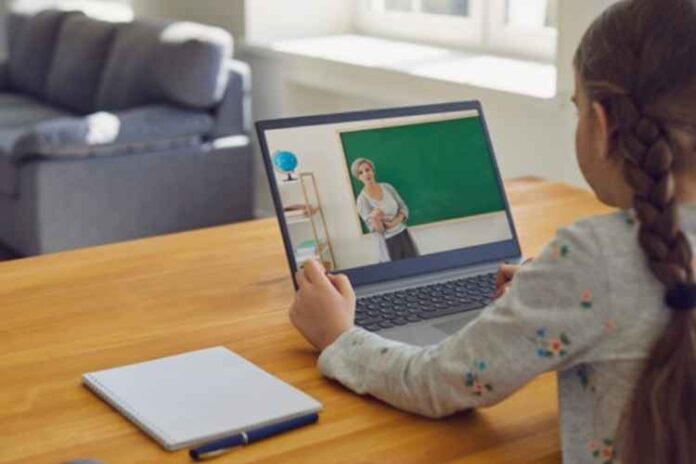There has been a significant shift in teaching pedagogies recently; the post-Covid classroom has shifted from the traditional classroom settings to virtual classrooms, which have placed the responsibility of readjustment on the students, teachers, and parents.
Change, however, is a continuous and gradual process. If you are new or trying to strengthen your adaptability to virtual learning, knowing what it takes to have a great experience is imperative. Below are essential tips to have in mind to take full advantage of everything the virtual classroom offers and emerge successfully.
- Access to high-speed Internet networks: This is the most critical factor to consider when opting for virtual learning. To access the classroom, one must ensure access to a high-speed network, access to data is likened to access to breath in this dispensation, and one must ensure to test connectivity speed before signing up for a virtual class to ensure a good learning experience.
- Access to relevant tools: access to high internet speed is access to technological tools and software required in virtual learning. It is essential to get familiar with appropriate virtual learning tools and platforms. Some relevant tools include access to the required learning management systems such as Google classrooms, Microsoft teams, etc.
- Availability: it is not enough to sign up for a virtual class; it is more important to ensure regular attendance to types. Virtual classrooms, like traditional classrooms, require attendance and place responsibilities on the students for full participation. The student is expected to take notes, submit assignments, participate in presentations and exams, making it advisable for one to have a working schedule that agrees to their online class schedules.
- Concentration: Temptation always comes up when using the internet. One might fall into the temptation to navigate social media platforms or other websites during classes. To avoid this, the student must maintain a high concentration level during classroom hours by turning off notifications from other applications and taking short breaks when exhausted to exercise the mind and increase engagement. In addition, teachers should make classes lively and less tedious by engaging and breaking long content into smaller segments for easy assimilation.
- Communication: unlike physical classrooms, the teacher is not present with the students in virtual classrooms, emphasizing open communication between the teachers and their students. Students should build good relationships with their teachers and classmates and voice out when faced with difficulties.
- Strong online community: Online learning gives access to connections with world-class professors and learning peers. It is advised to maximize this opportunity and build relationships with similar great minds in the learning community by being active in class, asking questions, answering questions, responding to posts made by your classmates, connecting and sharing your interests through different social media platforms, and establishing your presence in the global space.
Final Thoughts
Are you contemplating enrolling in a virtual class? Then, it is essential to assimilate the above-listed tips to make your learning experience highly productive. Let’s know your thoughts in the comments!


